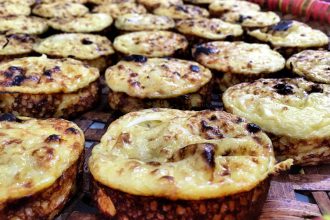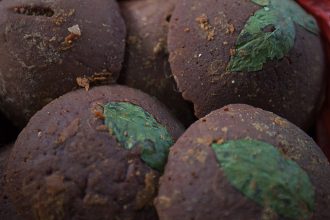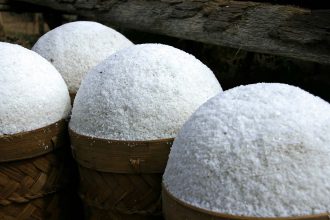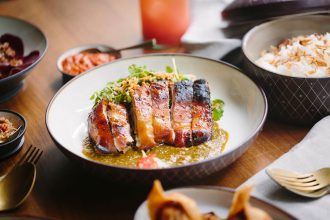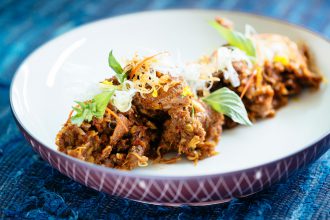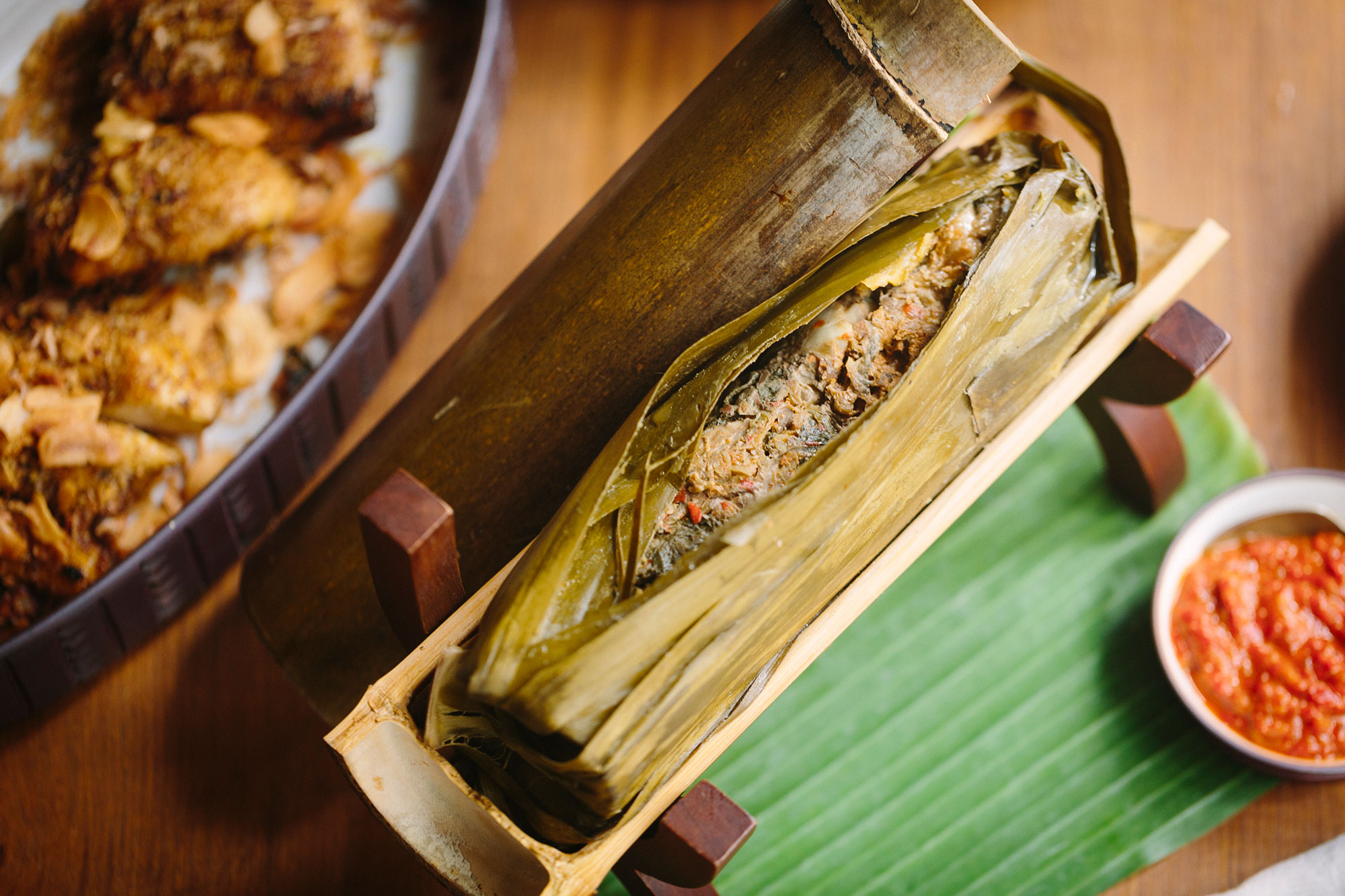
Cooking in bamboo stems is widely known in Indonesian food culture. This cooking method requires not only skill in mixing spices but also patience.
Selecting the right variety of bamboo with the ideal maturity is also important; bamboo which is too old or young will not have the right moisture content.
A primal cooking technique practiced by many tribes in Indonesia, bamboo grilling involves stuffing protein based ingredients – fresh water fish, chicken, pork, or buffalo – into a bamboo tube, seasoning it with local spices, sealing the bamboo with banana leaves, and leaning the bamboo at a 45o angle over an open fire to grill. Sticky rice and unripe fruits such as jackfruit and soursop are also commonly grilled in bamboo.
This style of cooking requires advanced skill in spice blending, because there is no room for mistakes in creating a balanced taste. Once you have mixed the spices, added salt and pepper, stuffed the ingredients into the bamboo tube, and sealed it for grilling, there is no way of adjusting the spice flavourings later on. There is such craftsmanship involved in this cooking technique and that is why we are proud to present dishes which require this bamboo grilling method at Kaum.
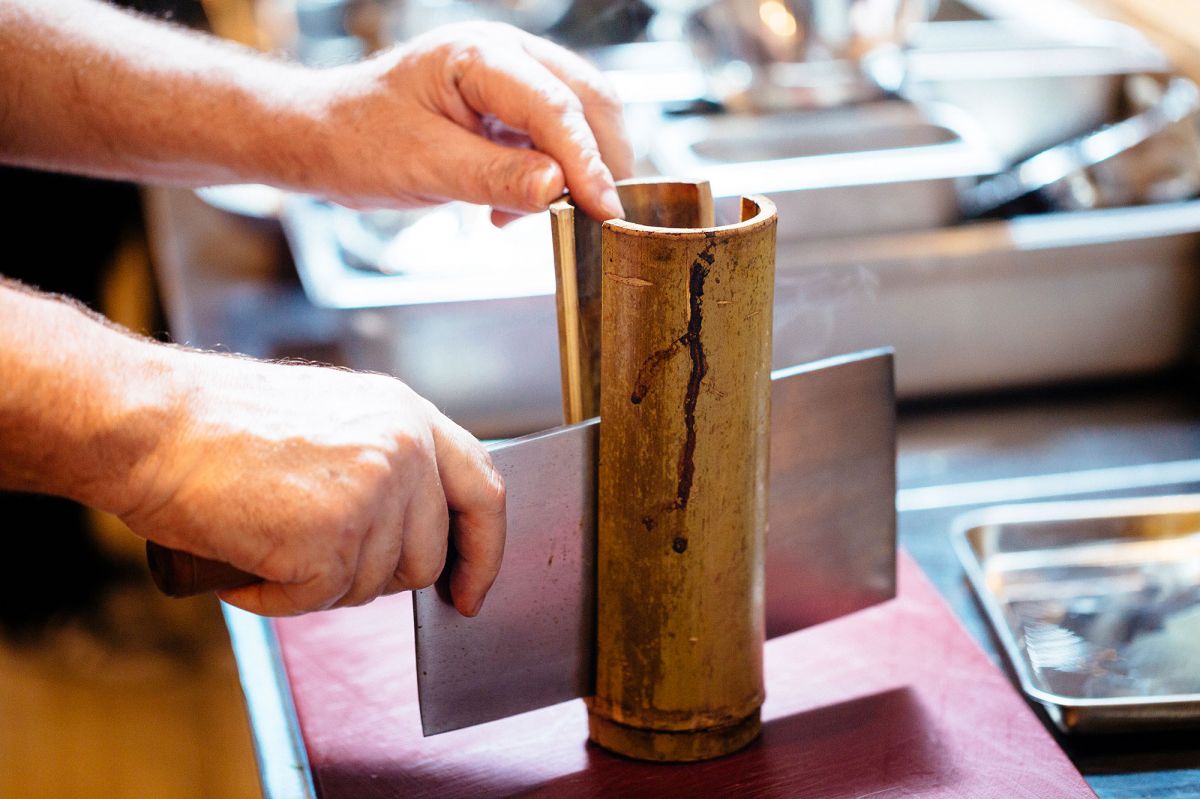
One of the most famous dishes which is cooked in bamboo is Toraja Pa’piong. Chef Antoine was introduced to this remarkable old recipe when he embarked on a culinary journey to Tanah Toraja with the Kaum team. When we later introduced Pa’piong at Kaum Hong Kong, it undoubtedly became one of our signature dishes and we are proud to present our version of Toraja’s tribal cuisine at Kaum.
Originally, Pa’piong is a celebratory dish, often served at Toraja funeral celebrations (Rambu Solok). Rambu Solok is an extravagant feast to celebrate the afterlife of a deceased, with attractions including buffalo fights between expensive Tedong Saleko buffaloes (buffaloes with hyper-pigmentated skin).
Usually Toraja Pa’piong only utilises a simple selection of spices, such as shallots, fiery Toraja chillies (Lombok katokkon), galangal, lemongrass, ginger, and freshly grated coconut. Fresh edible leaves can be added not only to accentuate the chewy, juicy texture but also to act as a nutrient balancer to the body with their own remedial qualities. The most common fresh, edible leaf added into Pa’piong is the miana leaf (Coleus scutellarioides) which has a bitter taste to balance the richness of the pork fat.
CONTINUE THE JOURNEY
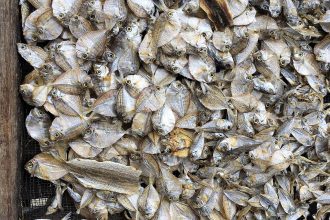
For many Indonesians, salted fish is one of life’s simple pleasures. We are perfectly content enjoying steamed rice, salted fish and a fiery sambal (chilli relish), devouring all with our right hand. Happiness is purely simple for most Indonesians!
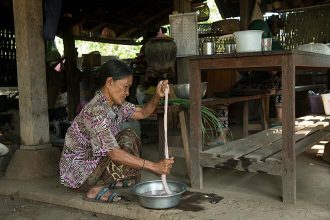
Singaraja totally captivates us…”
Lisa Virgiano is brimming with enthusiasm for the local produce she and the Kaum culinary collective have discovered in Bali’s oldest port.
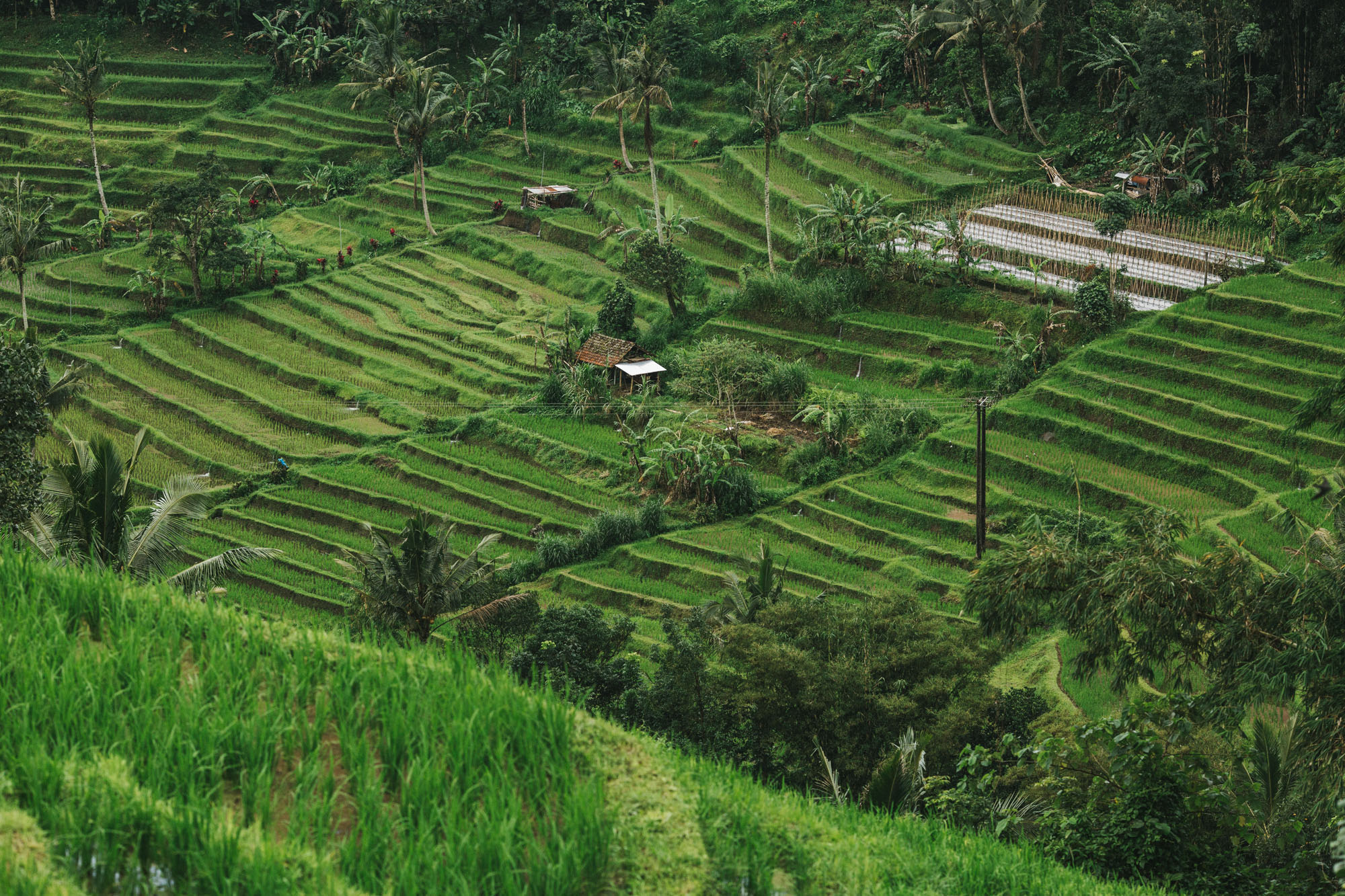
Rice is an essential commodity in Indonesia. Nowadays, most Indonesians think of rice not only as an indispensible component to any meal, but also as a kind of “sacred” staple. But has this forever been the case? Have Indonesians always consumed rice as part of their daily diet?
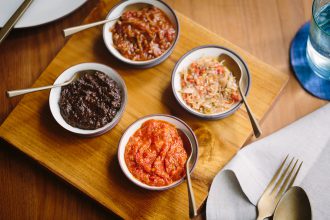
Chilli relish (sambal) is an imperative Indonesian condiment, served with almost every Indonesian dish. It arouses the appetite, ignites the senses, and complements the taste.
